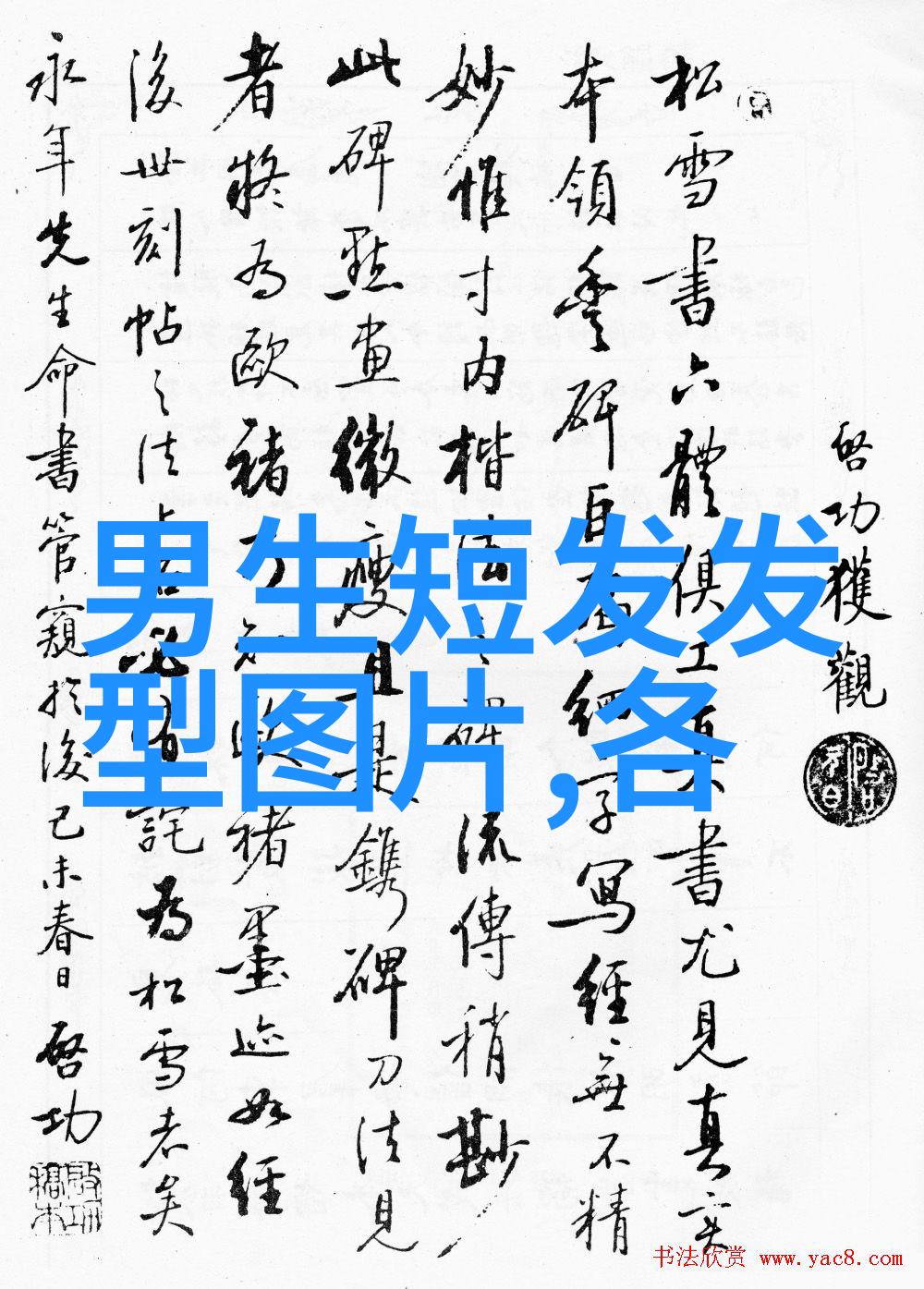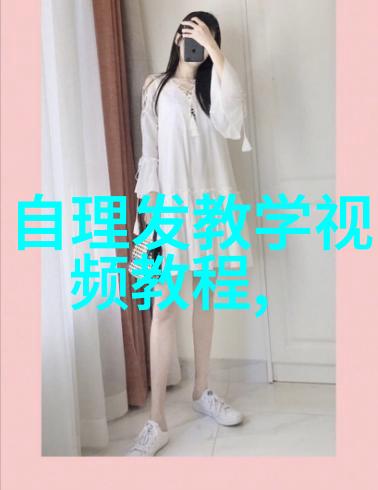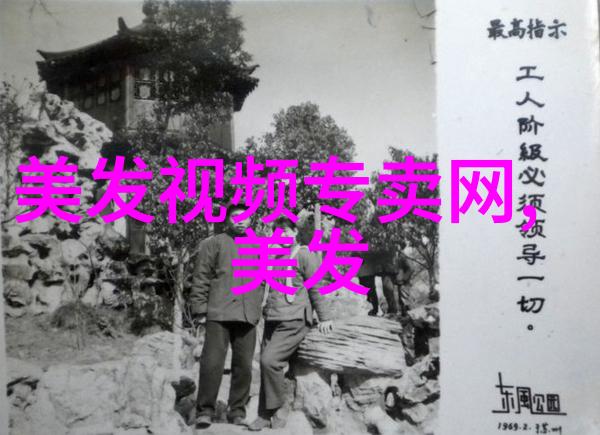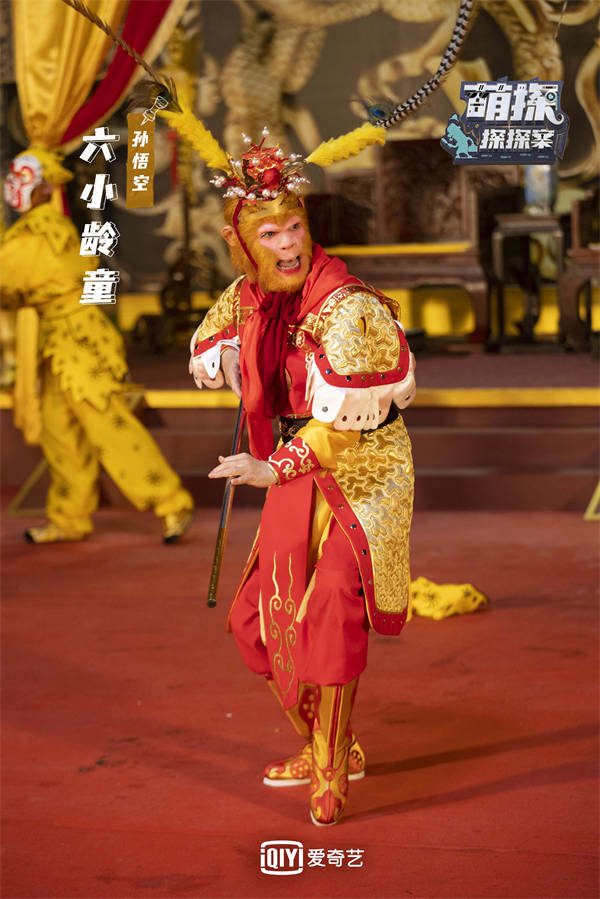日本服装的简约与复杂并存
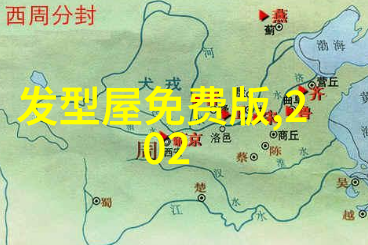
日本服装,作为东方文化的一个重要组成部分,它不仅体现了东方人的审美观念,也反映了日本传统文化和现代生活方式的融合。从古代的和服到现代时尚,从传统工艺到流行元素,每一件衣服都承载着独特的情感和故事。
在探讨日本服装的时候,我们经常会谈论其简约与复杂并存这个主题。这两者似乎是相互矛盾的,但实际上它们是相辅相成的。在理解这一点之前,我们需要先了解一下日本人对于“简单”和“复杂”的理解,以及这些概念如何影响他们的日常生活乃至他们设计服装时所采取的一系列策略。

首先,我们要认识到,在东方文化中,特别是在中国、日本等国,“简单”并不总是意味着缺乏细节或精致,而是一种追求内在质朴、外表平实而不张扬的心态。这种心态源自于对自然界以及自然之美的尊重,对繁复无谓的事情持批判态度。因此,当我们看到那些精巧又不失大方气质的手工织品,如绢帛、丝线制成的小物件,那么这正是这种理念在行动中的体现。而当我们穿戴这样的衣物时,不仅能感受到穿着者的优雅,还能够感受到那份深远历史与文化背后的沉淀。
然而,这并不意味着所有Japaneses clothing都是简约风格。在某些情况下,尤其是在特殊场合或者仪式上,人们倾向于选择更加华丽、繁复图案设计的手工编织作品,比如金色边缘纹样或其他手工花纹图案,这些都是为了展现出更高级别甚至是神圣身份的人们才会选择的一种表达方式。这样看来,在不同情境下,Japanese clothing可以呈现出多变性,有时候显得非常简单直接;有时候则充满了层次丰富的情趣,使人感觉既错综又精致。

此外,由于地理位置上的因素,加上长期以来经济发展水平差异带来的影响,Japan has been a place where the old and the new, the traditional and modern coexist. The Japanese people have always been fascinated by foreign cultures, especially Western culture. They not only adopted many Western-style clothes but also incorporated them into their own traditional wear. This fusion of styles is reflected in kimono designs which often incorporate elements of European art or even cartoon characters.
This blend of simplicity and complexity is also seen in Japan's textile industry, particularly in its high-quality fabrics like silk, cotton, wool, and linen. These materials are used to create garments that are both durable and comfortable to wear. At the same time, they are also embellished with intricate patterns that reflect Japan's rich cultural heritage.

The concept of "wabi-sabi" - an aesthetic philosophy that values beauty in imperfection - can be observed throughout Japanese fashion as well. It emphasizes simplicity and elegance over extravagance or opulence. In this sense, Japanese fashion encourages us to appreciate things for what they truly are rather than trying to hide their flaws under layers of elaborate decorations.
In conclusion, understanding Japan's approach to fashion requires a nuanced perspective on simplicity versus complexity. While it may seem paradoxical at first glance - how could something so simple be so beautiful? - it is precisely this tension between minimalism and intricacy that gives Japanese clothing its unique charm. Whether it is through handcrafted textiles imbued with history or bold graphic prints inspired by pop culture icons; whether it is through elegant silhouettes or avant-garde conceptual pieces; there exists a certain je ne sais quoi about Japanese fashion that captivates audiences around the world while staying true to its roots.

As we continue exploring this fascinating realm of aesthetics from another corner of our globe we find ourselves drawn deeper into a world where style meets substance: where tradition meets innovation; where form follows function but never forgets beauty; all these come together seamlessly within the realm known as "Japanese Fashion".







